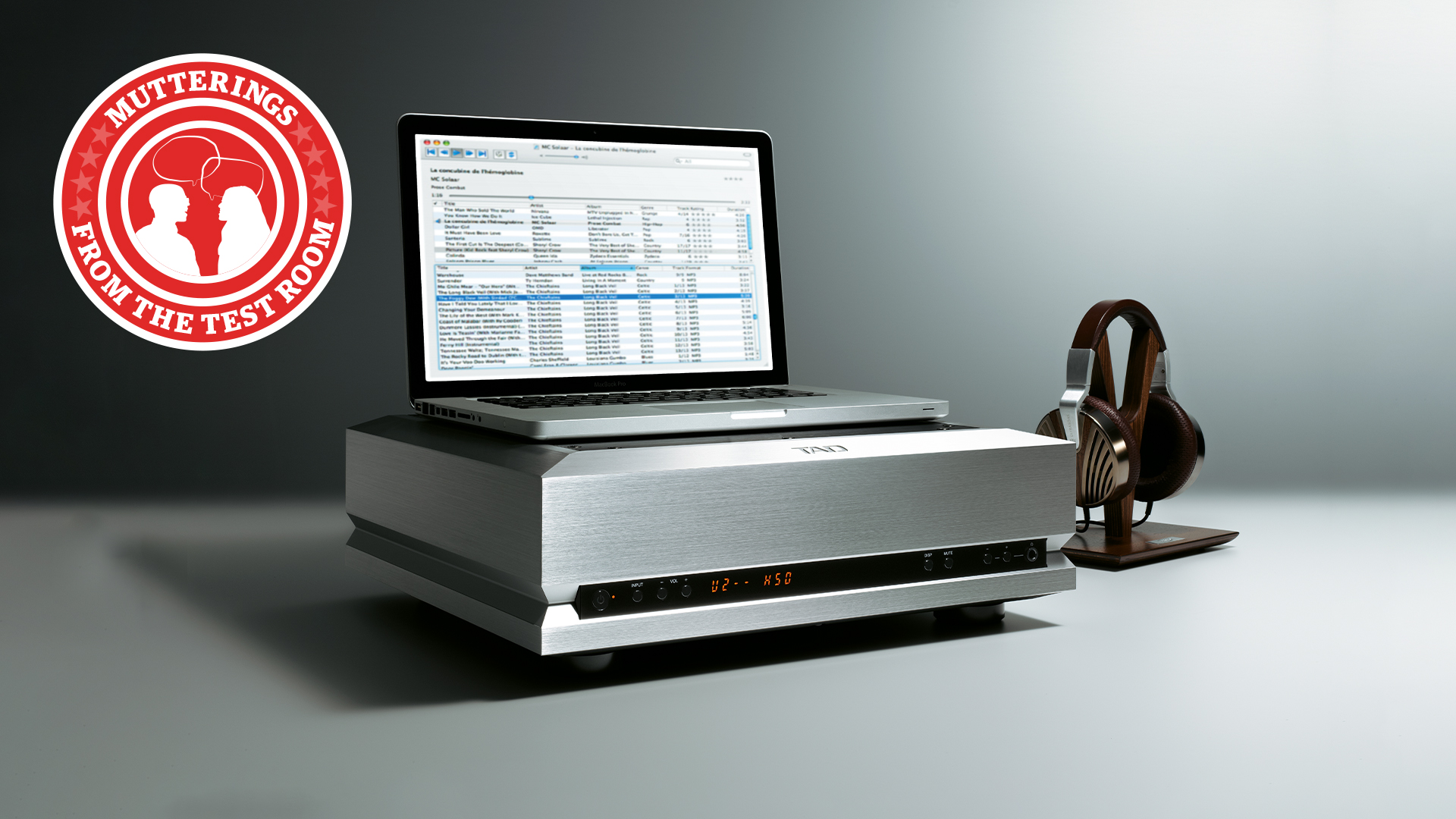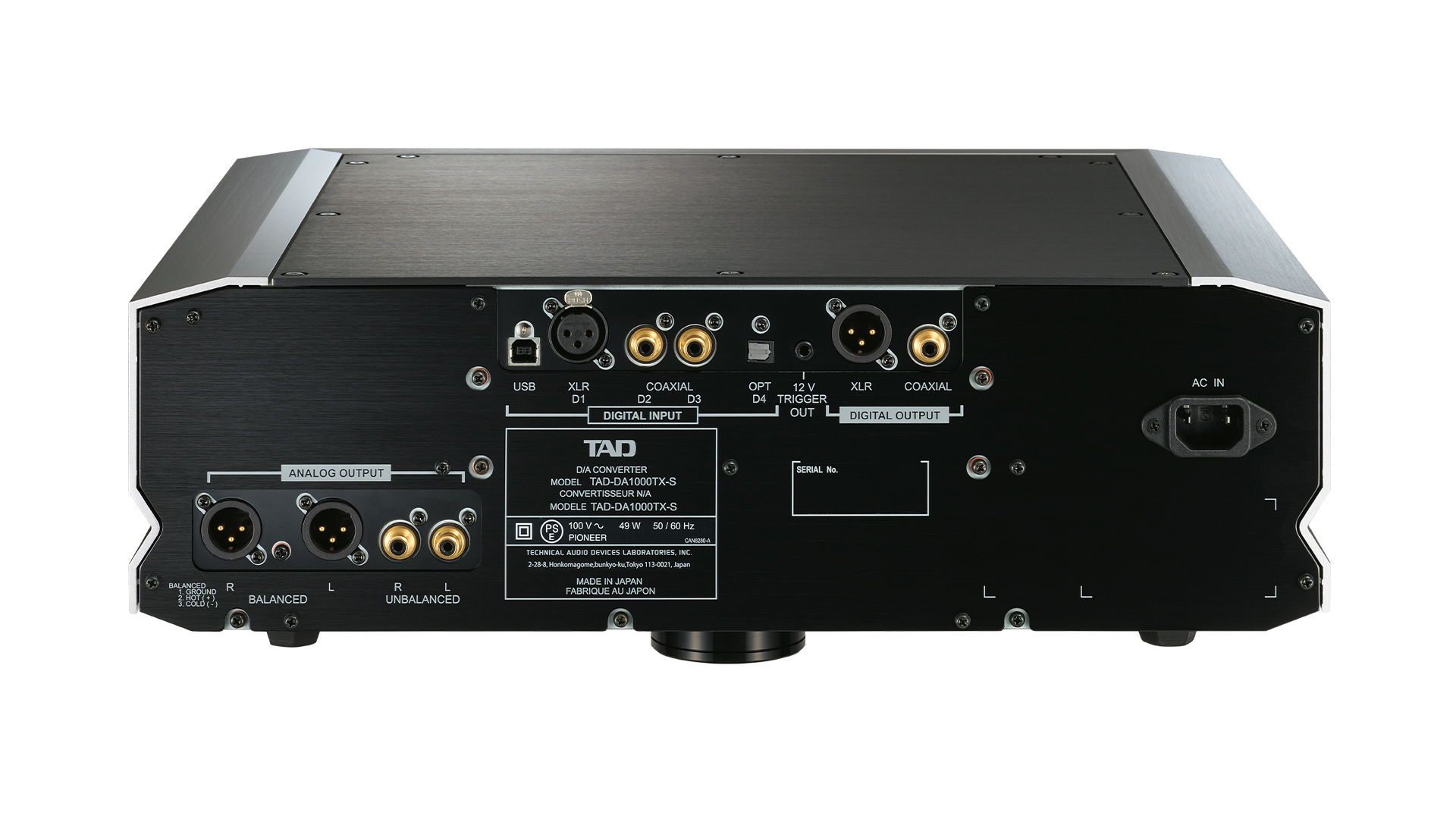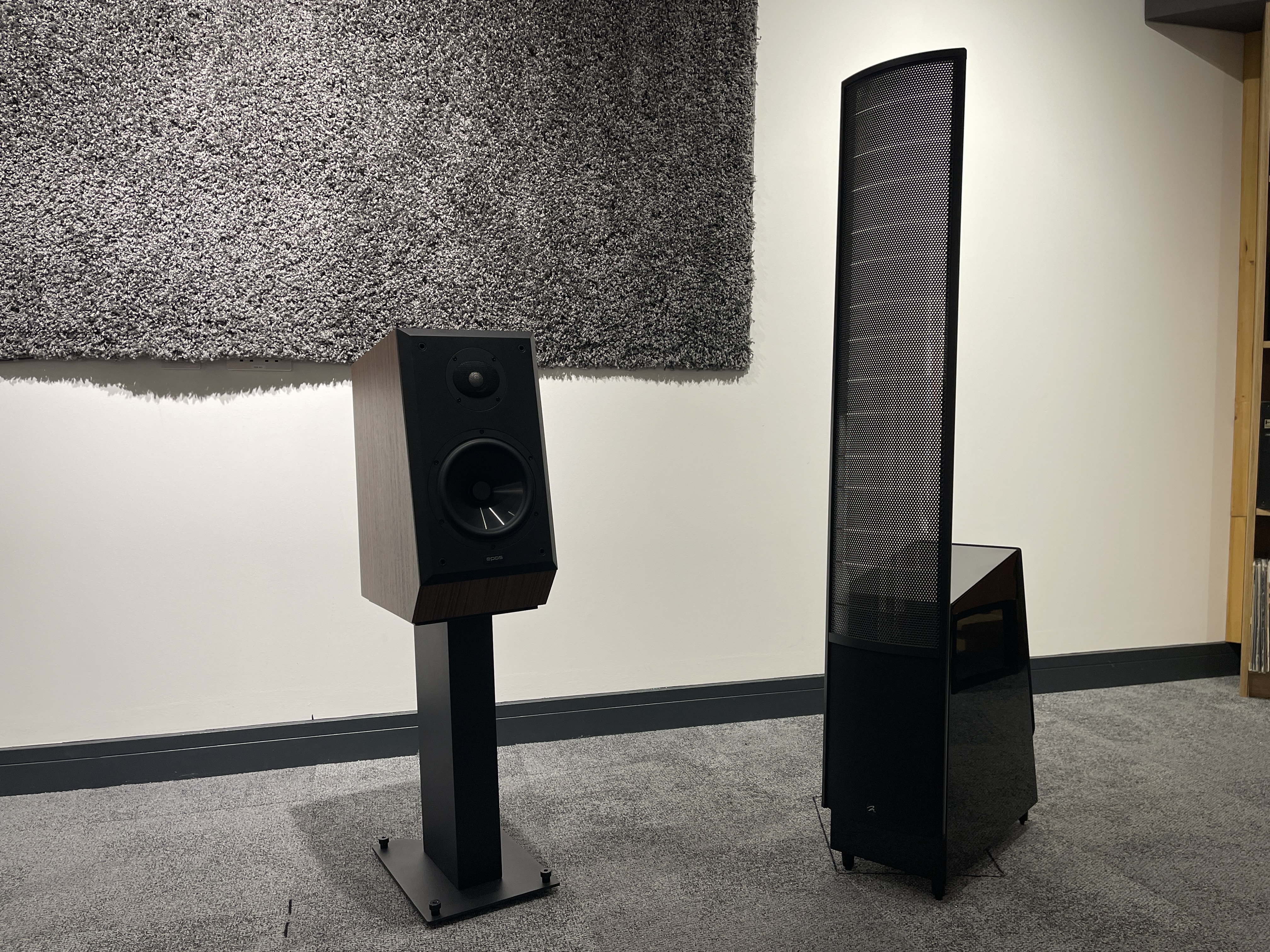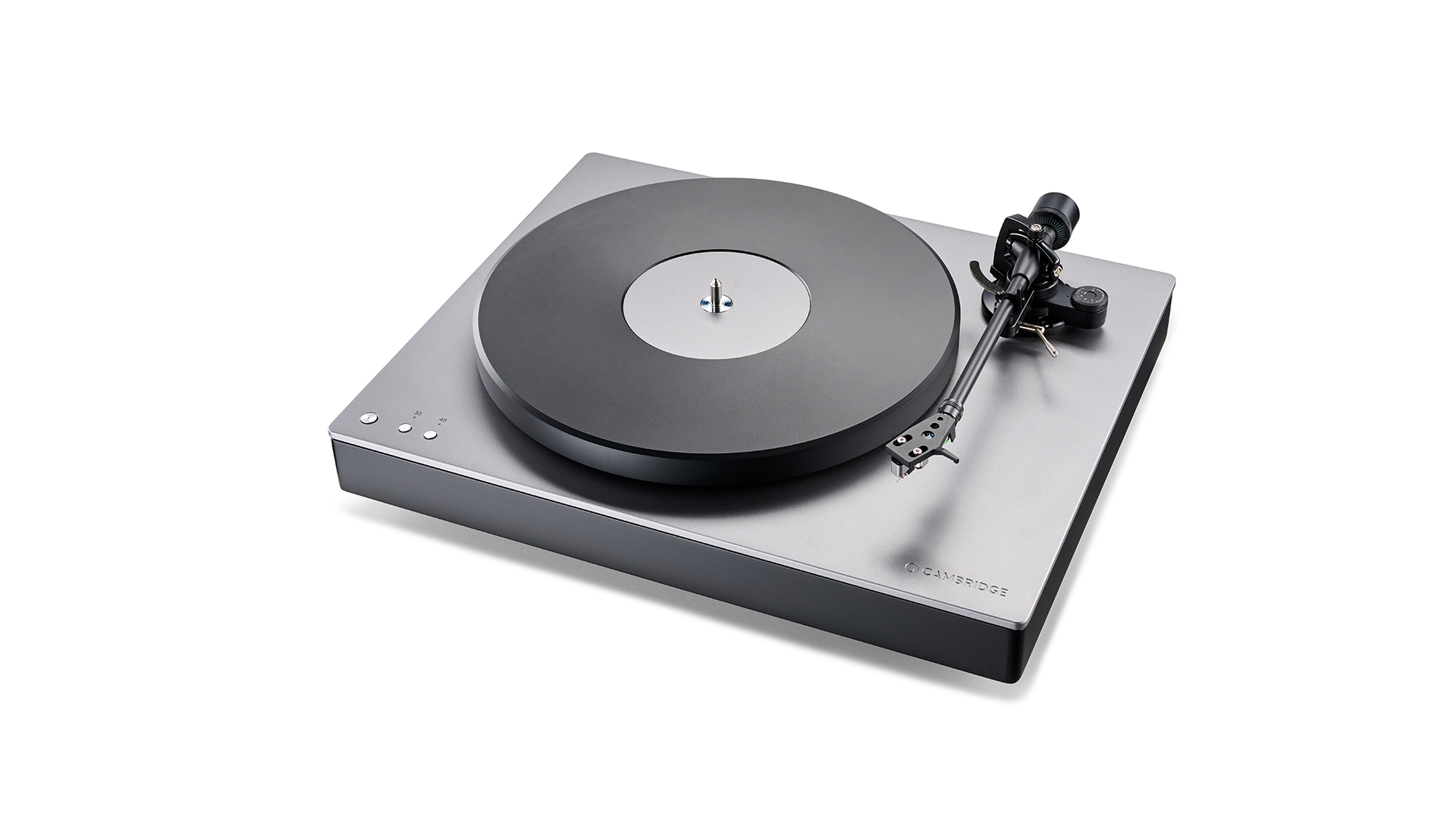I review hi-fi for a living - here's why less can be more when it comes to DACs
Our Technical Editor discusses DAC, speaker and turntable design

Reviews, by their very nature, are rigidly structured entities. We write an introduction to set the context, go over the features, build and performance of the product and then hope to tie it all up in a succinct manner with a verdict and star rating.
That’s fine as far as it goes, but there are things that the What Hi-Fi? review team discuss about a product that don't always fit into that tidy review structure, so they often get left unsaid. This ‘Mutterings From The Test Room’ monthly column aims to shine a light on those musings...
Finally, a fuss-free DAC
TAD’s DA1000TX digital-to-analogue converter turned out to be a deeply impressive unit, and not just because it set high standards for sound and build. Given it is £12,750/£15,900/approx AU$22,400 price tag, those qualities shouldn’t be much of a surprise. But what I really liked about the DA1000TX was its refreshingly no-nonsense approach to usability. Let me explain.
It has become fashionable for DAC manufacturers to offer a large range of digital filter options and other adjustments to allow users to tweak the sound to taste. On paper, this seems like a perfectly admirable thing to do, but it introduces a degree of fuss that I don’t find particularly useful. The differences between many of the settings tend to be small and the availability of such choice tends to focus the listener's attention on the mechanics of hi-fi rather than just listening to the music. I wish the engineers would just finish the job and settle on the sound they like the best.

I’ve lost track of the amount of time we’ve spent in our listening room going through various options only to settle on the setting that the designers would have chosen in the first place. Interestingly, that setting is rarely the default option. Why? In my experience, the best-sounding settings don't tend to measure the best. So, in order to avoid negativity in the reviews of one of the more measurement-led hi-fi titles, most brands play it safe. The sad thing is that many of their customers stick to the default settings thinking them sonically optimum and therefore aren’t getting the most enjoyment from the product.
The TAD isn’t having any of that: it offers little opportunity for tweaking. Given that the engineers have taken thousands of design decisions during the making of the product in the first place, it makes perfect sense for that vision to be fully realised in the final result.
Read our full TAD DA1000TX review
Get the What Hi-Fi? Newsletter
The latest hi-fi, home cinema and tech news, reviews, buying advice and deals, direct to your inbox.
There's more than one way to make great speakers

The Martin Logan ElectroMotion ESL X recently made its way through our test room, and what a fine speaker it is. By going the hybrid route, with an electrostatic panel for the midrange upwards and conventional moving coil drivers for the bass, Martin Logan has worked hard to marry the often conflicting requirements of electrostatic speakers and domestic harmony.
The ESL X are slim and take up little more floor space than a typical floorstander at their £5495/$5198/AU$9229 price. Sure, they need careful placement due to the electrostatic panel firing as much sound backwards as forwards and don’t quite have the dynamic punch and muscularity of conventional class rivals, but with the right recordings, the ESL X can sound magical.
The Martin Logans sit broadly in the same ballpark as the excellent Epos ES14N standmounters and Fyne Audio’s F502SP floorstanders. This shows the incredible variety of quality offerings at this level. Which one would I buy? That’s a tricky question. They are all so different in character but equally talented. Given my own listening room at home is a bit of a shoebox, it is the Epos that edge ahead. But given more space…
Read the full Martin Logan ElectroMotion ESL X review
Cambridge Audio’s Alva TT V2 isn’t a class leader – and that’s just fine

Cambridge Audio is an impressive company. Whenever I meet the people involved I’m always taken by their enthusiasm to make the best kit they can. The company is also more commercially savvy than many rival firms, and that can be seen in the pragmatic way its products are specified. Want an example? Cambridge’s premium turntable, the Alva TT V2, could have been a stripped-down purist device in the manner of similarly-priced Regas, but instead it is a circa £1700/$1999/AU$3699 deck that features not only a decent phono stage but Bluetooth too.
This deck is beautifully styled and brilliantly easy to use – just the kind of product that appeals to music lovers who might be intimidated by more traditional rivals. And the sound? While not class-leading, it is good enough that it will please many people.
Read the full Cambridge Audio Alva TT V2 review
MORE:
How to get the best sound from your turntable
14 of the best classical tracks for testing speakers
Here's our guide to the best record players to buy at every budget

Ketan Bharadia is the Technical Editor of What Hi-Fi? He has been reviewing hi-fi, TV and home cinema equipment for almost three decades and has covered thousands of products over that time. Ketan works across the What Hi-Fi? brand including the website and magazine. His background is based in electronic and mechanical engineering.